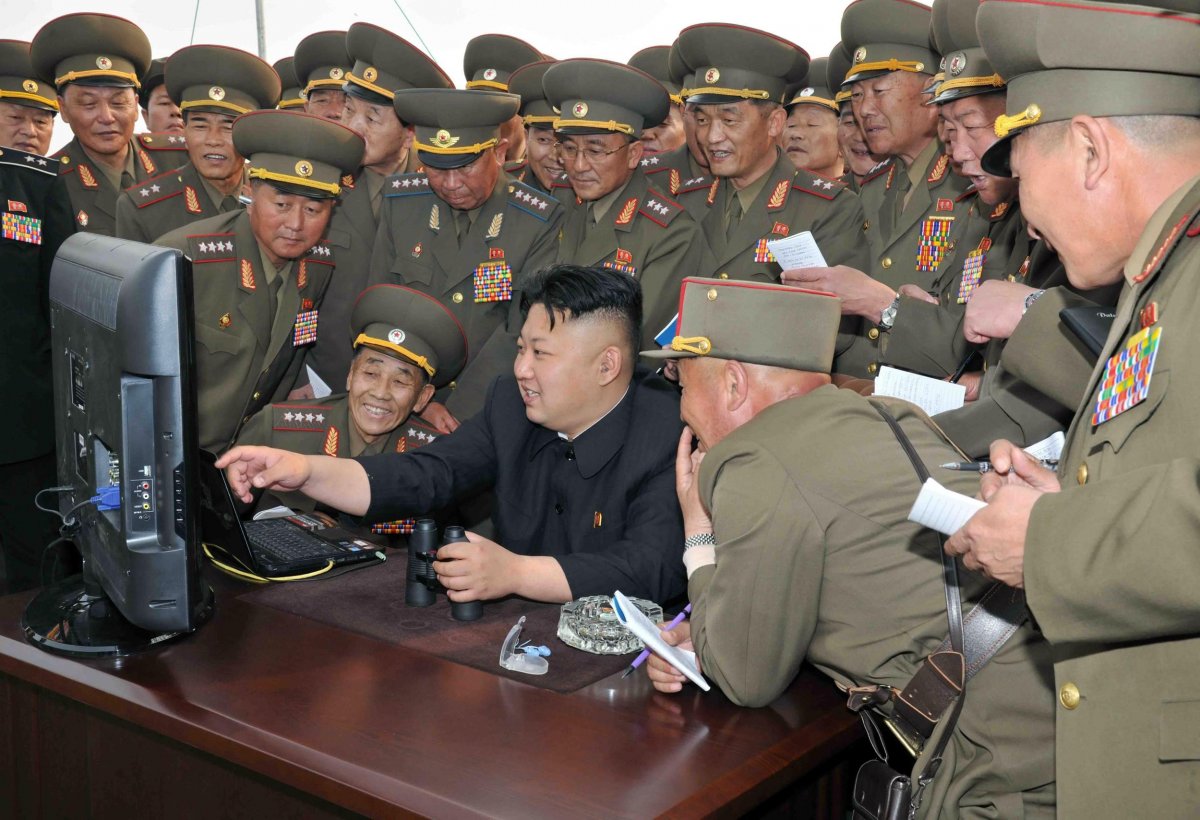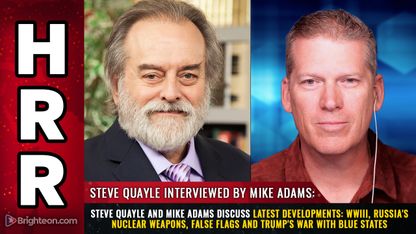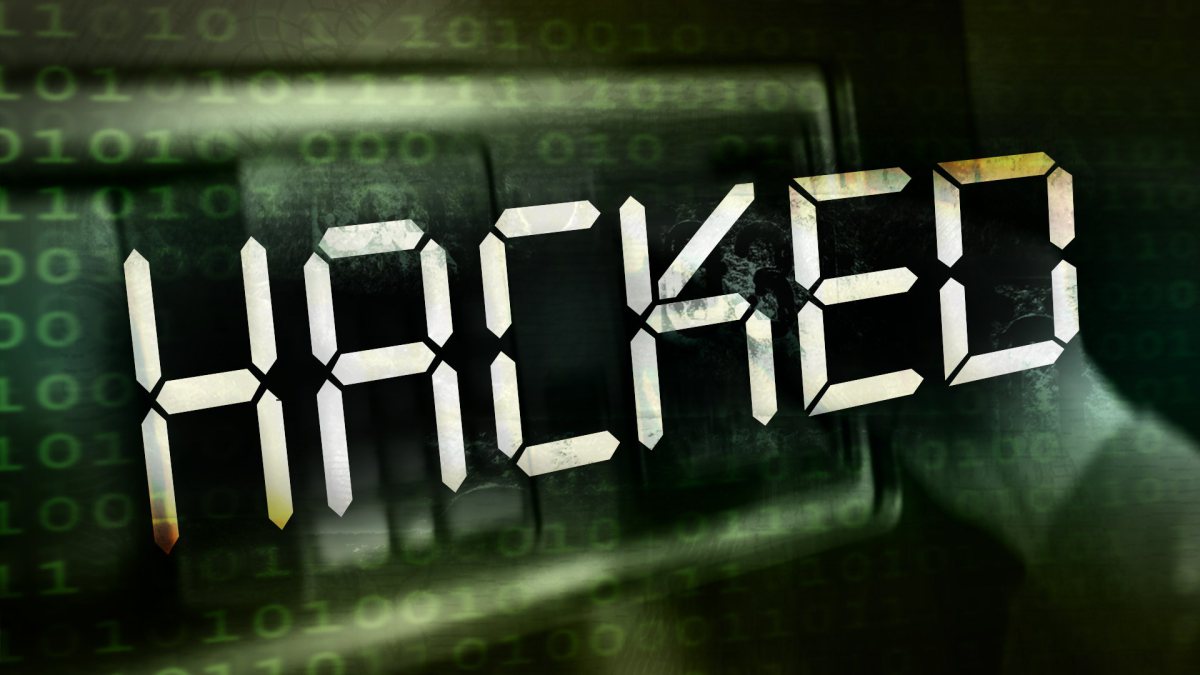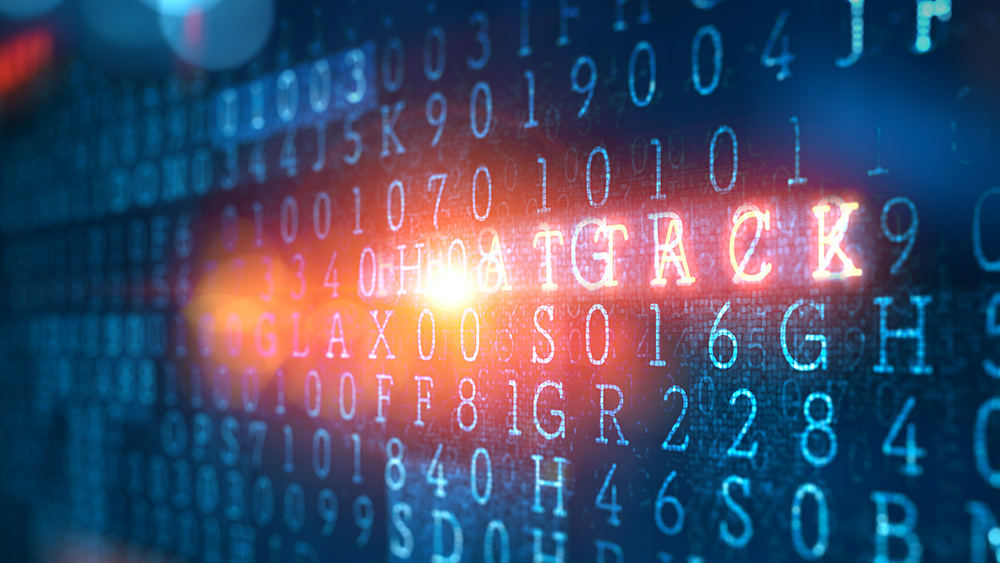
But the most damaging response the North Koreans could mount won’t come from its massive artillery force or its large army: It may come via computer keyboard, in the form of a cyber attack aimed at taking down large portions of the U.S. power grid. That, or an electromagnetic pulse caused by the airborne explosion of a nuclear weapon along the U.S. eastern seaboard.
As reported by the Washington Examiner, the Pentagon – worried about reports that either the North Koreans or Iran could deploy cyber tactics or nuclear bombs against America’s vulnerable electric infrastructure – is relying on the Defense Advanced Research Projects Agency, or DARPA, to come up with a defensive solution. (RELATED: North Korea Stepping Up Cyber Attacks Against The South)
The secretive agency has tasked BAE Systems, a major defense contractor, with mapping a system capable of detecting a cyber attack, as well as develop an alternative communications network that could be used by the military and civilians if the electrical grid is heavily damaged, reports the website Defense Systems.
Washington Examiner notes further:
Former CIA Director James Woolsey has been warning for years that the grid is extremely vulnerable, and recently the Pentagon and some states have taken the warning seriously. Woolsey and former EMP Commission chief of staff Peter Vincent Pry have pointed a finger at North Korea, which is now threatening the U.S.
The focus of DARPA is to prevent a cyber attack altogether, but Woolsey and Pry have also said that North Korea or Iran could also attack the grid via the atmosphere: By exploding a nuclear weapon over the east coast in an attack that would cause massive panic, instant civil unrest and result in the deaths of nine out of 10 people along the Atlantic Coast.
The DARPA plan reviewed by Defense Systems contains a number of ways the Pentagon cold react to any attack.
First off, the plan includes measures aimed at sensing an imminent attack that then triggers appropriate protective measures. If those are damaged, “it would have an alternative way for communications killed in the attack to continue in a backup system – key for the military and presumably the financial system,” the Washington Examiner reported. But that system isn’t going to be ready until at least 2020.
DARPA, in a statement, said it is pursuing a system capable of providing “early warning of impending attacks, situation awareness, network isolation and threat characterization in response to a widespread and persistent cyber-attack on the power grid and its dependent systems.”
Dubbed Rapid Attack Detection, Isolation and Characterization Systems, the program would be a major step forward in protecting and defending the U.S. power grid.
“The purpose for this program is to provide a technology that quickly isolates both the enterprise IT network and power infrastructure networks to disrupt malicious cyber attacks,” a BAE Systems official told Defense Systems.
When he was elected, President Donald J. Trump was said to have inherited a secret cyber war against North Korea, aimed at disrupting, in particular, missile launches. The New York Times reported last month that three years ago then-President Obama ordered the Pentagon to increase its cyber and electronic assaults against the North Korean missile program, with the aim of sabotaging the launches shortly after lift-off.
And while a large number of missile failures occurred in the months afterward, no one is completely sure that the Pentagon has been successful, or if several missiles failed simply because they were of poor quality or perhaps even sabotaged by disgruntled insiders.
The Times also noted that an investigation found that the Pentagon may be surprisingly ineffective at countering the North’s missile program – so much so that Obama warned Trump on his way out that it was the most urgent problem he would face.
As for the nation’s grid, a widespread loss of power would almost certainly take months – if not years – to repair, and lead to a multitude of other problems, not the least of which would be massive loss of life and societal chaos.
Follow more news about World War III at WWIII.news.
J.D. Heyes is a senior writer for NaturalNews.com and NewsTarget.com, as well as editor of The National Sentinel.
Sources:
Please contact us for more information.























